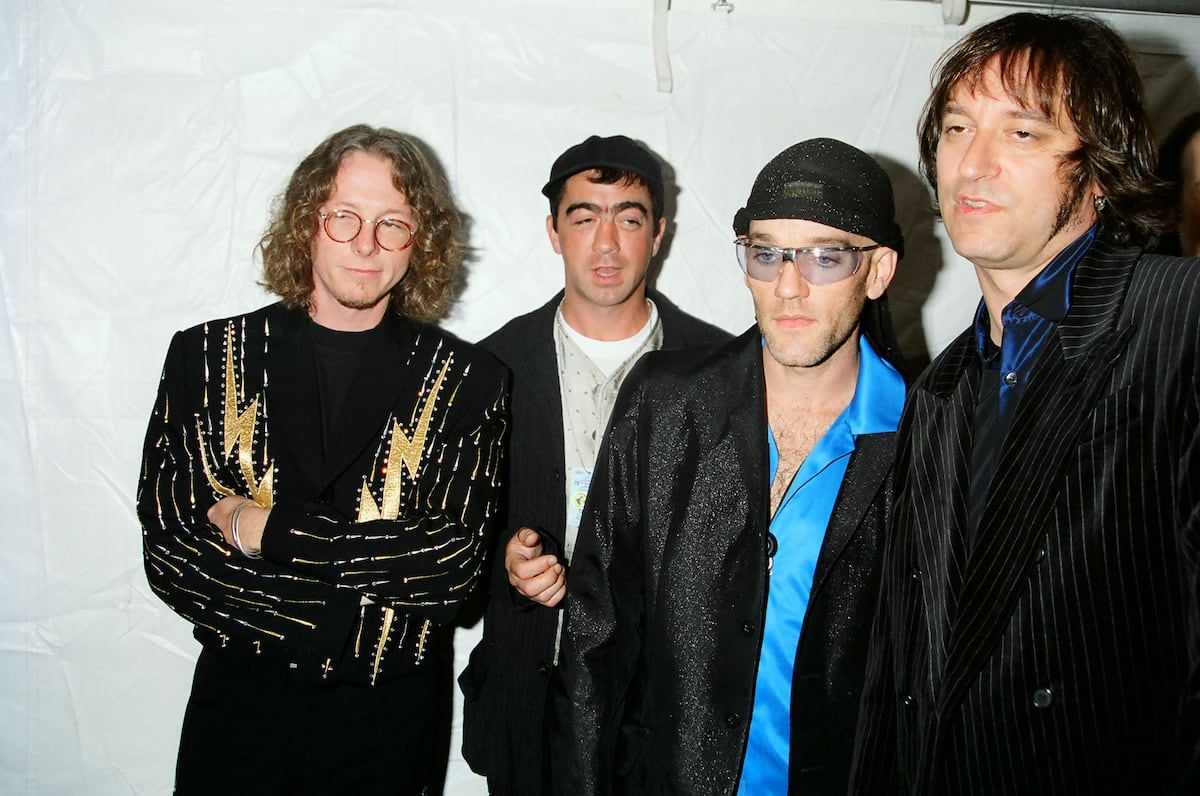
"We found ourselves in this position of being incredibly more famous than we had ever been before, and decided to head out on the first tour that we had done in five years on two albums that were really popular but filled with medium or slow-tempo songs so we needed to do something really loud and raw. We turned to our love of glam-rock in the early 70s and the influence that it had on us as musicians and as fanboys. That was the beginning of Monster."
"The album came with a change in image that broke with the seriousness the band then considered the great bastion of alternative rock had projected. With Out of Time and its singles Losing My Religion and Shiny Happy People all over MTV, R.E.M. became household faces, leaving behind the mystery and cult appeal that had defined them in the 1980s. But with Monster, the band went a step further. it needed swagger, it needed humour and it needed irony."
In 1995 R.E.M. stood among the world’s biggest bands after Out of Time (1991) and Automatic for the People (1992) sold roughly 25 million copies combined and earned unanimous critical acclaim. The band members Michael Stipe, Peter Buck, Mike Mills and Bill Berry avoided touring those albums, but Monster (1994) prompted their first world tour in six years and their move into major stadiums. The band adopted louder, rawer glam-rock influences to energize slower material and deliberately altered their image, trading alternative-rock seriousness for swagger, humour and irony while acknowledging contemporary U.K. acts such as Blur and Pulp.
Read at english.elpais.com
Unable to calculate read time
Collection
[
|
...
]